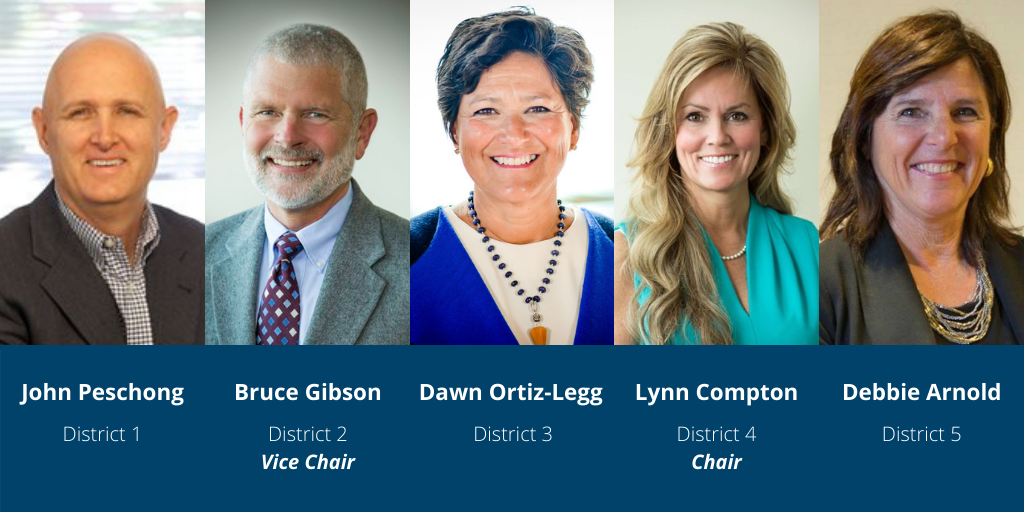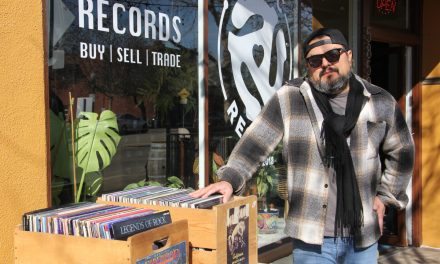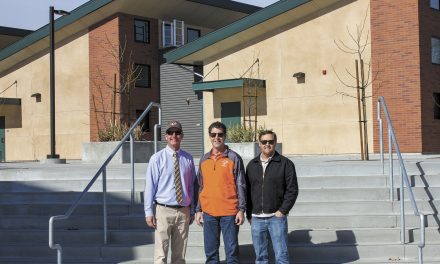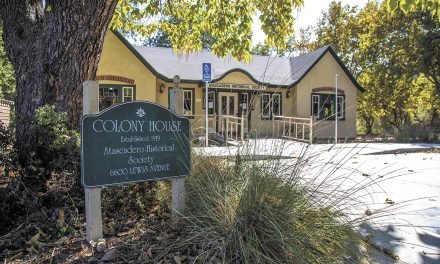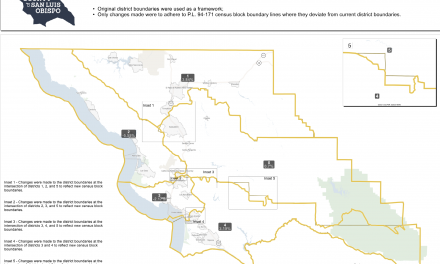Dr. Borenstein informs the Board the County received the first doses of vaccine
SAN LUIS OBISPO — For the second straight week, the San Luis Obispo County Board of Supervisors unanimously approved on Tuesday, Dec. 15, sending another letter to Gov. Gavin Newsom, requesting to be removed from the Southern California Region as it relates to the new COVID-19 stay-at-home order.
The Southern California Region’s intensive care unit capacity fell below 15 percent back on Dec. 4, triggering the new strict stay-at-home order on Dec. 6. The order remains in effect for three weeks.
On Dec. 8, Supervisors approved a letter to the State requesting it be removed from the SoCal Region.
On Dec. 7, San Luis Obispo County Public Health Officer Dr. Penny Borenstein and her counterparts in Santa Barbara and Ventura counties made the same request in a letter to the State.
Related to COVID-19, the Board also approved 3-2, District 2 Supervisor Bruce Gibson and District 3 Supervisor Dawn Ortiz-Legg voting no, to approve joining the Healthy Communities Resolution.
The only significant difference between this and the Dec. 8 letter is this one includes state Assemblyman Jordan Cunningham (R-35th District), who has been highly critical of the governor’s handling of the pandemic as of late.
Supervisors were resigned that the letters are likely falling on deaf ears.
“It’s disappointing that we haven’t had a response,” said Board Chair Lynn Compton, District 4 Supervisor. “I’m not sure that we’ve ever had a response from the (State) Health Department or the governor in any of the letters that we have sent so far. I’m skeptical we will get a response on it, but I believe we have to do it. Our constituents want us to advocate for them.”
SLO County is asking it be removed from the Southern California Region of roughly 23 million people and be placed into a region with neighboring Santa Barbara and Ventura counties and approximately 1.2 million people.
Based on the last ICU numbers she had seen for the proposed tri-county region, Dr. Borenstein said its capacity was just shy of 30% and SLO County was at 34%.
On Monday, SLO County Public Health officials reported 29 people hospitalized due to COVID-19, including eight in the ICU — both were record highs for the County since the start of the pandemic nearly 10 months ago.
Gov. Gavin Newsom announced the regional stay-at-home order on Dec. 3 amidst a surge in COVID-19 cases across the State, including SLO County.
The new order prohibits private gatherings of any size. Essential businesses such as grocery stores must operate at 20% capacity. Bars, wineries, salons and restaurant dining have to shut down; and hotels can only be open for critical infrastructure support.
The SLO County Board of Supervisors have sent letters as a group and individually since the start of the pandemic asking for the County to have some autonomy in dealing with the public health crisis that has led to a rollercoaster of shutdowns and reopenings.
The economic fallout from the State’s attempts to slow the spread and limit the impact on the health care system has led to record unemployment and businesses fighting for survival.
First District Supervisor John Peschong said he’d sent numerous letters to the governor and the State Health Department and not received a single reply.
“I’m just very, very frustrated,” Peschong said. “There hasn’t been a coherent strategy for me to follow and that has been the toughest thing. And that is the toughest thing to relate to people. It’s just very, very frustrating right now because people are hurting in my community.”
Peschong said he was prepared to see if the Board was open to doing what the Paso Robles City Council did Thursday, Dec. 10, and publicly support its businesses operating under the Purple Tier guidelines, which allow for most businesses to be open in a limited capacity.
A day later, the City of Paso Robles clarified its position.
“The Council also recognizes that ending the stay-at-home order and placing the City in the purple or red tiers is not a decision the Council can make; currently, only the State can do so,” City of Paso Robles officials stated in a press release on Dec. 11. “The City wants all businesses and individuals in the City to fully recognize that, if you defy the state’s stay-at-home orders, you can be putting your business or yourself at risk.”
Some from the public called in to support the Paso Robles City Council and asked the Supervisors to do the same, but the SLO County Board of Supervisors did not consider it.
District 5 Supervisor Debbie Arnold advocated strongly for the Healthy Communities Resolution and received enough support from Peschong and Compton for its narrow passage. By signing on to the effort, participating counties essentially agree that their county is best served by an ability to respond locally to the virus; that their county is geographically diverse and ill-suited for the State’s “one-size-fits-all” Blueprint for a Safer Economy.
Gibson said the resolution started by Northern California counties was “a political act that frankly” did not help SLO County. The resolution, like the letters and the action of the Paso Robles City Council, has no authoritative power.
Dr. Borenstein happily announced SLO County received its initial allotment of Pfizer COVID-19 vaccine and expected the first doses to get into arms in the next 1-2 days.
The County Public Health Department received 1,950 doses that will be distributed to local front-line health care workers. Long-term care facilities were to receive their first doses by the end of the month.
“There is light at the end of the tunnel. I’m happy to report on my way through the door today I was told our vaccine in this county has arrived,” Borenstein said.

